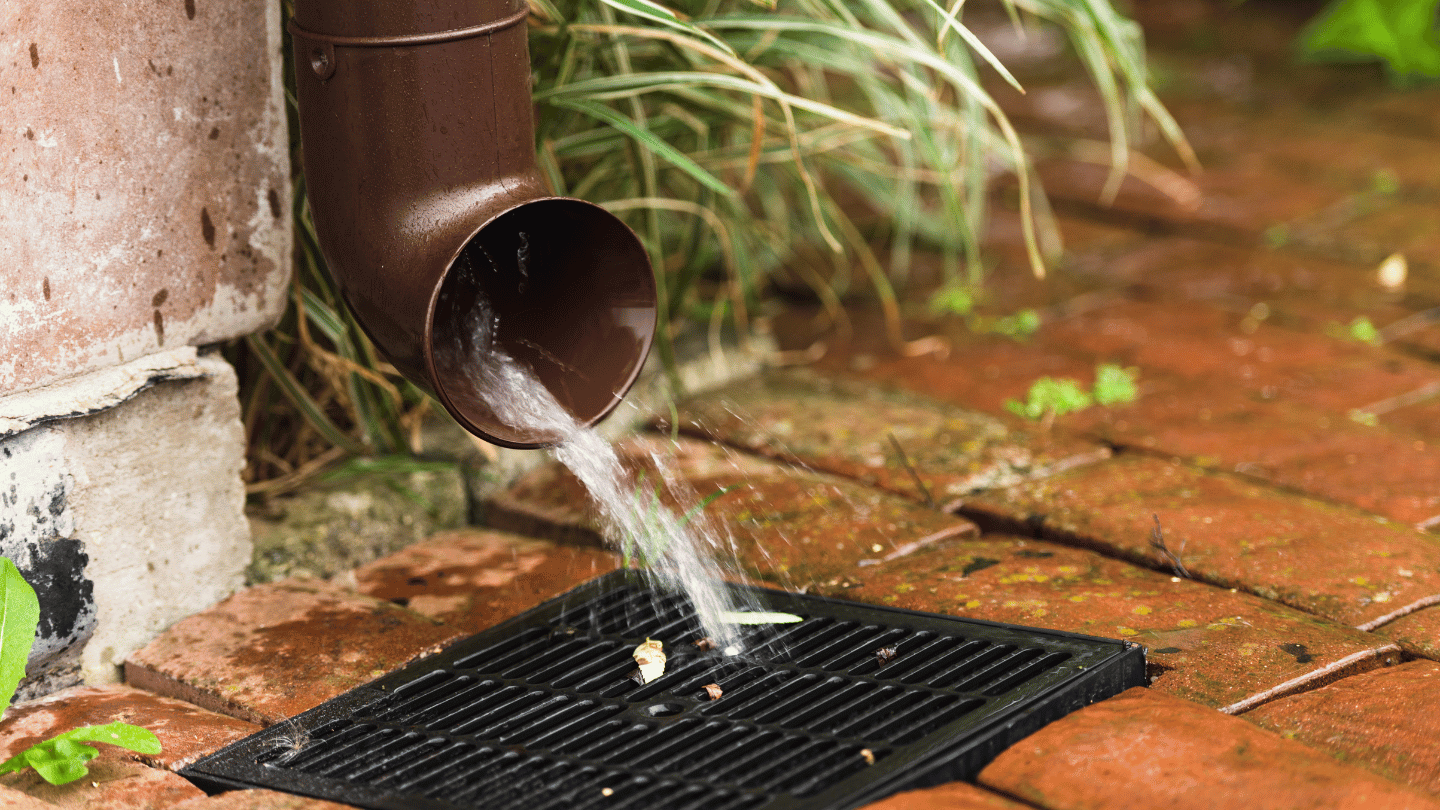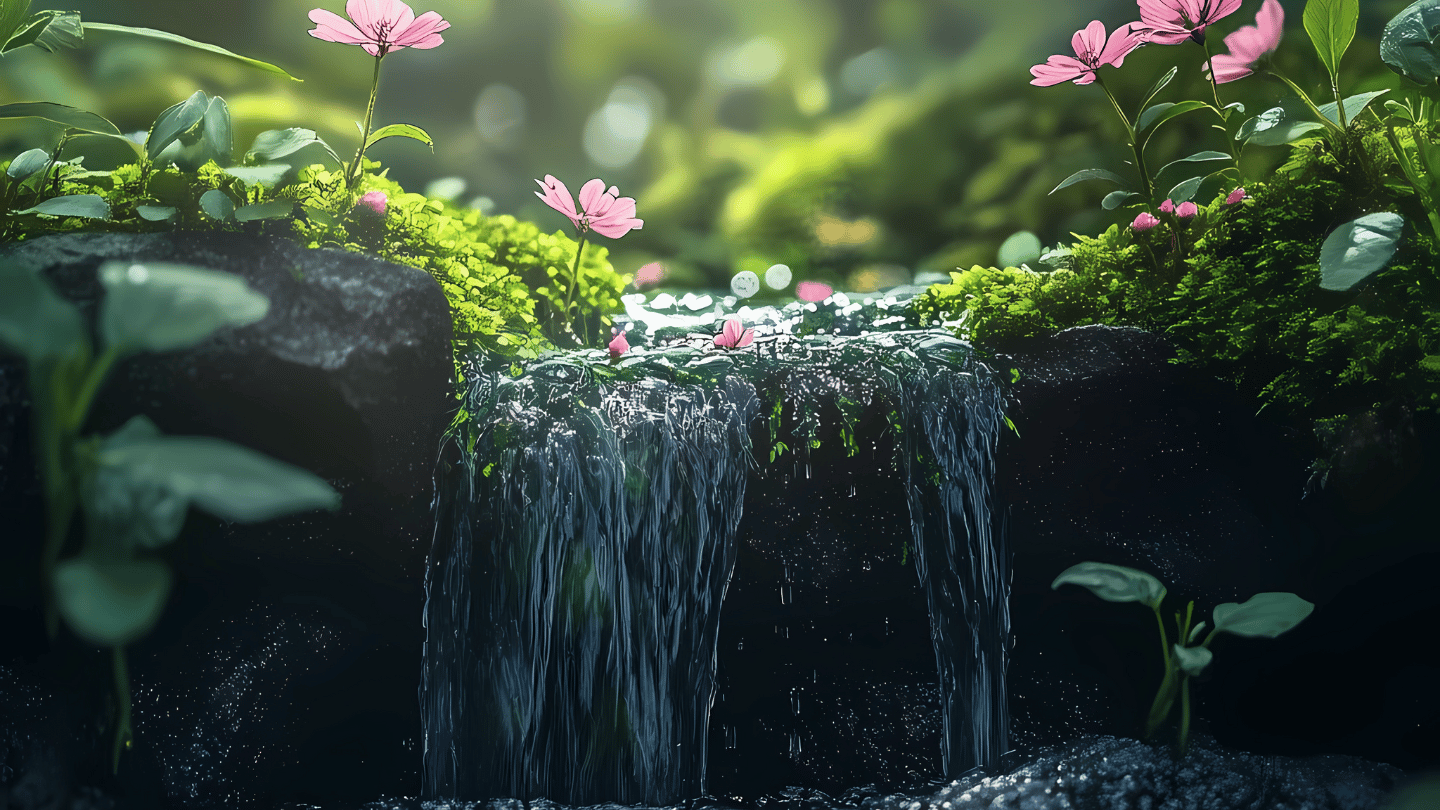Every winter, LA gets hammered with rain for a few months, then nothing. It's feast or famine. And if you're watering a garden, topping off a pond, or just trying to keep plants alive through August, you're probably watching your water bill climb while wishing you could capture some of that winter runoff. Here's the thing: you can. And it's simpler than you might think.
One inch of rain on a 1,000-square-foot roof yields over 600 gallons of water. That's real water, falling on your property, that you're currently sending straight to the storm drain. In a city where we get about 15 inches annually—mostly between November and March—that's thousands of gallons a year just evaporating or running off. We've seen this frustrate enough homeowners that we started building rainwater systems into our landscape designs, and it's been a game-changer for clients. Not just for their water bills, but for how they actually use their outdoor spaces.
The math is straightforward, but the benefits compound. Lower water bills are the obvious win. If you're irrigating a significant garden or running a water feature, rainwater collection can cut your municipal usage noticeably—especially during those dry months when every gallon counts. But there's more going on beneath the surface. When you stop treating rainfall as runoff, you're also reducing pressure on LA's water infrastructure during drought cycles, and you're keeping fertilizers and oils that wash off your roof from ending up in storm drains and coastal waterways. That matters. Plus, rainwater is naturally soft and chlorine-free, so your plants actually thrive on it. The growth difference is real—healthier soil microbes, stronger root systems, fewer mineral deposits clogging your drip lines.
So how does it actually work? A rainwater system starts at your roof—the catchment area. Metal, tile, or composite shingles all work fine. From there, gutters channel water through filters that catch leaves and debris. That first-flush diverter is important; it's not fancy, but it keeps your water clean. Then comes storage. You've got options here. Some of our clients want a decorative cistern that becomes part of the landscape design—maybe something that looks at home next to a patio or tucked into a corner of the yard. Others prefer underground tanks that stay completely hidden. We've installed both, and what matters is sizing it right for your roof and your needs. Finally, that stored water gets distributed wherever you want it—drip irrigation for gardens, a hose outlet for hand-watering, or incorporated into a water feature like a pondless waterfall or stream that cycles water between rain events. We like combining harvesting systems with water features because they look intentional, not like you're just storing water in a tank.
The maintenance isn't complicated, but consistency matters. Before and after the rainy season, clean out your gutters and filters. Once a year, check your tanks for sediment buildup and flush your pump and hoses. If you let algae or debris accumulate, you'll clog things up—and then you're calling someone. We've had clients who were diligent about maintenance, and their systems ran trouble-free for over a decade. We've also seen systems that got neglected and became more hassle than help. The difference? Fifteen minutes of work before winter and again in spring.
Here's where it gets interesting for us at Lunaquatic: every property is unique. Your roof size is different from your neighbor's. Your landscaping goals are different. Maybe you want to water native plants like California fescue or toyon, which barely need irrigation once established. Maybe you're building a water garden that needs regular topping off. Maybe you want to channel overflow into a permeable garden that acts like a mini-recharge basin for your soil. When we design these systems, we're thinking about what actually works for your space and your life, not just installing generic setups. A good system should look like it belongs in your landscape, not tacked on as an afterthought.
The real payoff isn't just the water bill savings or the environmental impact—though both are real. It's the control. You're not at the mercy of the city's supply during drought cycles. You're not rationing water for your garden while you watch winter storms drain into storm drains. You're actually using what falls on your property. That shifts something in how you think about your outdoor space. It becomes more resilient, more intentional, more yours. If you're interested in exploring what a rainwater system could look like for your home, we'd love to talk through it with you.





.jpg)





.jpg)